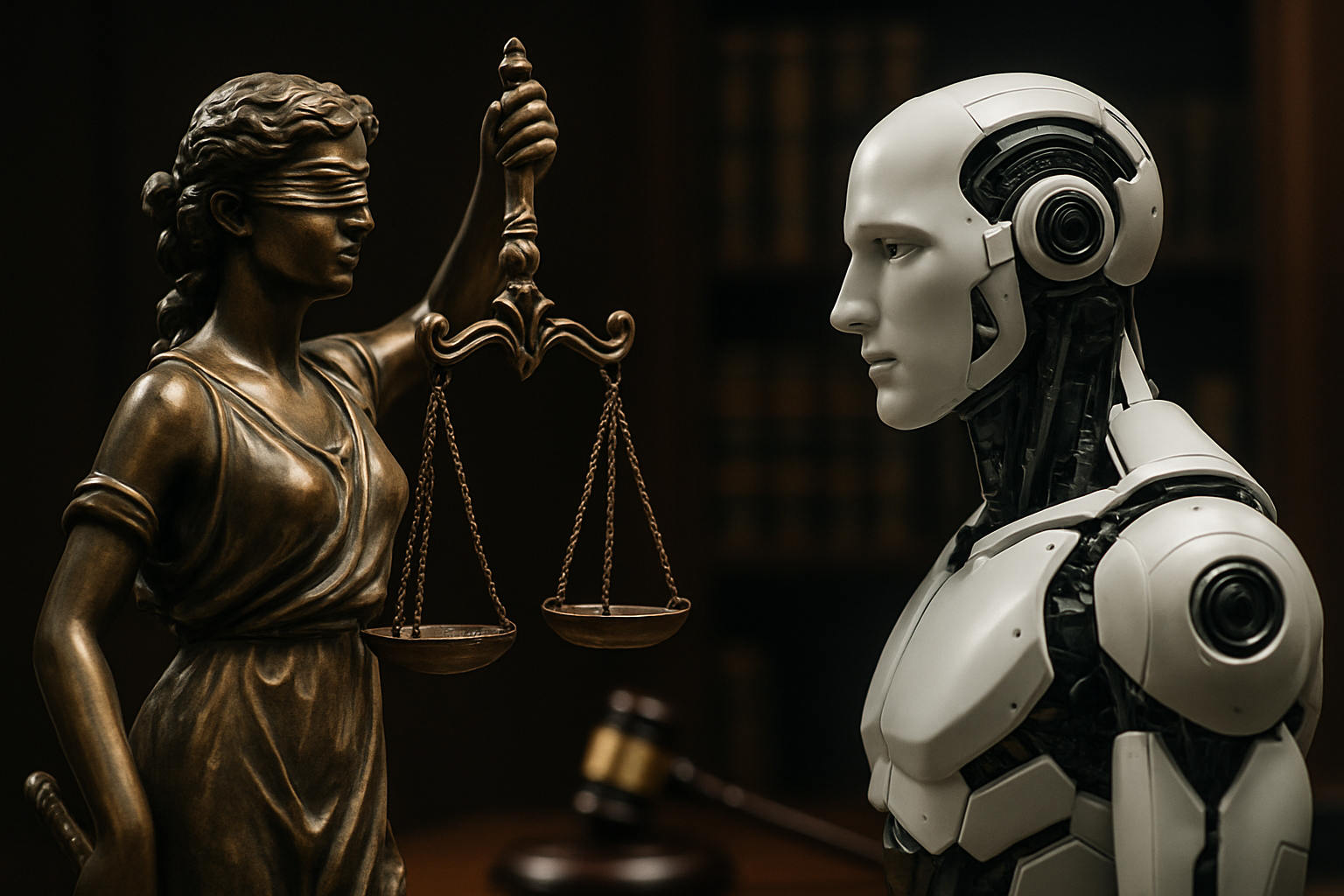The Legal Labyrinth of Artificial Intelligence Governance
Introduction: In an era where artificial intelligence shapes our daily lives, the legal landscape struggles to keep pace. This article delves into the complex world of AI governance, exploring the challenges lawmakers face in regulating a technology that evolves faster than legislation can be drafted.

Historical Context of Technology Regulation
To understand the complexities of AI governance, it’s crucial to examine past attempts at regulating emerging technologies. The Industrial Revolution prompted labor laws, while the advent of automobiles led to traffic regulations. However, AI presents a unique challenge due to its rapid advancement and potential for autonomous decision-making. Unlike previous technological revolutions, AI’s impact is not confined to specific industries but spans across all sectors of society.
Key Legal Challenges in AI Governance
One of the primary hurdles in regulating AI is defining its legal personhood. As AI systems become more autonomous, questions arise about liability and responsibility. Should an AI be held accountable for its actions, or should liability fall on its creators or users? This dilemma becomes particularly complex in cases involving self-driving cars or AI-assisted medical diagnoses.
Another significant challenge is ensuring algorithmic transparency and fairness. AI systems often operate as black boxes, making it difficult to scrutinize their decision-making processes. This opacity raises concerns about potential biases and discrimination, especially in critical areas like criminal justice or lending decisions.
Recent Legislative Efforts and Policy Discussions
Several jurisdictions have begun to address the AI governance gap. The European Union has taken a leading role with its proposed AI Act, which aims to create a comprehensive framework for regulating AI based on its potential risk to society. The Act categorizes AI systems into different risk levels, imposing stricter requirements on high-risk applications.
In the United States, while there is no federal AI legislation, various states have introduced bills addressing specific aspects of AI. For instance, Illinois passed the Artificial Intelligence Video Interview Act, regulating the use of AI in job interviews. At the federal level, there are ongoing discussions about establishing an AI Bill of Rights to protect citizens from potential AI-related harms.
Balancing Innovation and Regulation
A key consideration in AI governance is striking the right balance between fostering innovation and protecting public interests. Overly restrictive regulations could stifle technological progress and economic growth, while insufficient oversight could lead to unchecked risks and societal harm. Policymakers are grappling with this delicate balance, seeking to create flexible frameworks that can adapt to rapidly evolving AI capabilities.
International Cooperation and Harmonization
Given the global nature of AI development and deployment, there’s a growing recognition of the need for international cooperation in AI governance. Efforts are underway to develop global AI ethics guidelines and standards, such as the OECD AI Principles adopted by over 40 countries. However, achieving global consensus on AI regulation remains challenging due to differing cultural, ethical, and economic priorities among nations.
The Role of Soft Law in AI Governance
In the absence of comprehensive hard law, soft law mechanisms have emerged as important tools in AI governance. These include industry self-regulation, ethical guidelines, and voluntary standards. While not legally binding, these soft law approaches can provide flexibility and help shape norms in the rapidly evolving AI landscape. However, their effectiveness in protecting public interests remains a subject of debate among legal scholars and policymakers.
Implications for Society and Future Outlook
The development of AI governance frameworks will have far-reaching implications for society. It will influence how AI technologies are developed, deployed, and integrated into our daily lives. Effective regulation could enhance public trust in AI, promote responsible innovation, and mitigate potential risks. However, the path to comprehensive AI governance is likely to be long and complex, requiring ongoing collaboration between lawmakers, technologists, ethicists, and civil society.
As we navigate this uncharted legal territory, it’s clear that AI governance will remain a critical issue in the coming years. The legal frameworks we develop today will shape the AI-driven world of tomorrow, making it imperative to approach this challenge with careful consideration and foresight.





